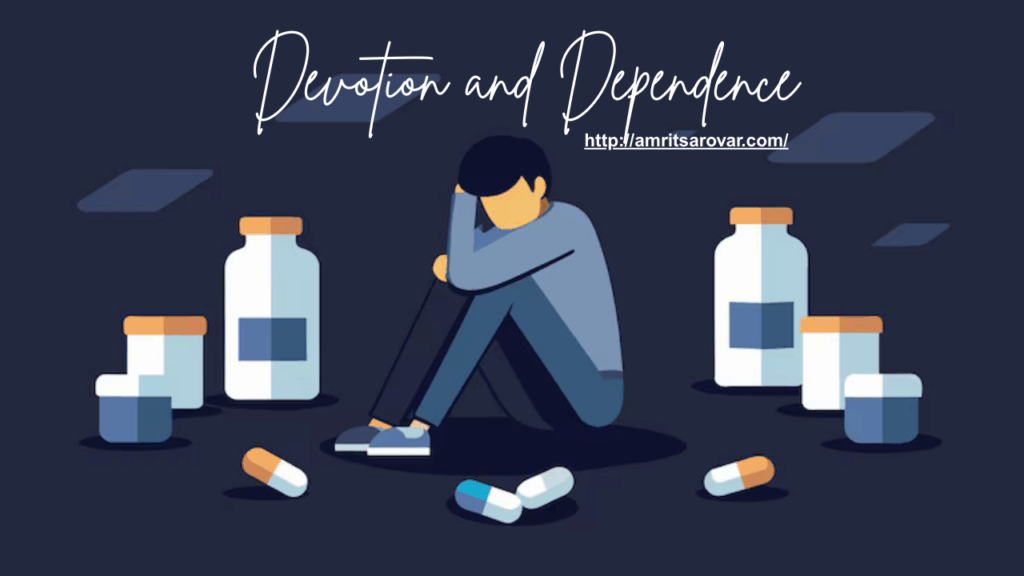
Substance abuse is often seen through the lens of physical dependence or psychological disorder, but there is another dimension that is frequently overlooked: its religious nature. For many who struggle with addiction, the bottle—or any substance—becomes more than a habit. It becomes an object of worship, a false deity that demands complete allegiance and devotion. Understanding the religious parallels of substance abuse can deepen our comprehension of its grip on the human soul and illuminate a path to recovery.
The Rituals of Use
Religion is often defined by ritual: structured practices that provide comfort, predictability, and a sense of meaning. Substance abuse, too, is marked by rituals. Whether it’s the time of day one drinks, the place, the preparation, or the people involved, these actions take on a sacred rhythm. They offer a form of control and familiarity in an otherwise chaotic life. Just as religious rituals connect believers to their god, the rituals of addiction bind the individual to their substance, creating a powerful sense of attachment.
Devotion and Dependence
In a spiritual sense, devotion is the offering of one’s heart, time, and life to something greater. For the addict, this devotion is misdirected toward the bottle. It becomes the answer to stress, pain, boredom, and joy. Every emotion becomes a reason to return to the bottle, making it the central object of desire and trust. The dependence becomes more than chemical—it becomes emotional, spiritual, and existential. The substance is no longer a means of coping but a source of identity.
Sacrifice and Consequence
All worship involves sacrifice. In substance abuse, this sacrifice is profound. Relationships deteriorate, careers falter, health declines, and self-worth erodes. The bottle demands more and more, yet gives less and less in return. Like ancient idols, it promises peace and pleasure but delivers suffering and emptiness. The worship of the bottle becomes a cycle of sacrifice and despair, one that often leads to isolation, shame, and hopelessness.
False Salvation
The bottle offers a counterfeit salvation. It temporarily numbs pain, quiets anxiety, and creates a fleeting sense of control. But these effects are illusions. Instead of healing wounds, the substance deepens them. Instead of offering freedom, it imposes chains. This false salvation blinds the individual to healthier, life-giving alternatives. Like a false god, the bottle demands loyalty but never redeems.
The Journey Toward True Freedom
Freedom from the worship of the bottle begins with the recognition of its deception. Recovery is not just a physical or mental battle—it is a spiritual awakening. It involves tearing down the false altar and re-centering life around what is true and healing. Many find strength in faith, community, and a renewed sense of purpose. These become the new rituals of life, ones that nurture rather than destroy.
Conclusion
Substance abuse bears an eerie resemblance to religious worship, transforming the bottle into an idol that commands loyalty and offers a counterfeit peace. But recovery is possible. By acknowledging the religious nature of addiction and reorienting the soul toward truth, individuals can break free and begin the journey toward lasting freedom and restoration.
